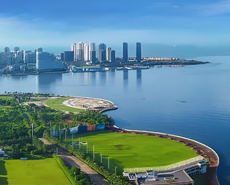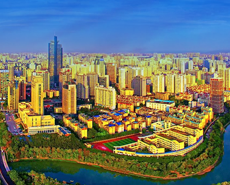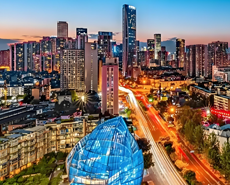
Bearish price outlook for Chinese alumina in 2020
----Interview with Jianqing Pi
Chief Engineer, Enterprise Management Center
Hangzhou Jinjiang Group
Chief Engineer, Enterprise Management Center
Hangzhou Jinjiang Group
Established from 1983, Hangzhou Jinjiang Group is a large private enterprise which mainly works in energy, nonferrous metals, and new chemical material industries, as well as trade, logistics, investment and finance. For many years, Jinjiang Group has been ranked among China's Top 500 Enterprises (193rd in 2019), China's Top 500 Manufacturing Enterprises (82nd in 2018), China's Top 500 Private Enterprises (51st in 2018), and Zhejiang's Top 100 Enterprises (19th in 2018).
Asian Metal: Hello Mr Pi! Thanks for take this interview. As a well known enterprise in aluminum industries, how's the operation of your alumina and aluminum plants over the past two years?
Mr Pi: Generally speaking, both our alumina and aluminum enjoyed a stable operation over the past two years with almost full production capacity. Only the alumina plant in Henan cut a little production this year due to the environmental control policy.


Asian Metal: Given the tight local bauxite supply, most alumina plants in Shanxi and Henan started using imported bauxite over the past year. How do you think this condition?
Mr Pi: Actually our two plants in Shanxi and Henan also started using imported bauxite to ensure regular production. In my view, there is no choice for alumina plants in inland China to do that. As far as I know, around 8 million tons per year of alumina capacity already conducted technical upgrading among this year. However, only few enterprises got a good result of production costs reduction, while most are not satisfactory due to the high carriage cost of imported bauxite. Besides, using imported bauxite could not reduce too much production cost if prices of domestic bauxite and caustic soda went down.
















